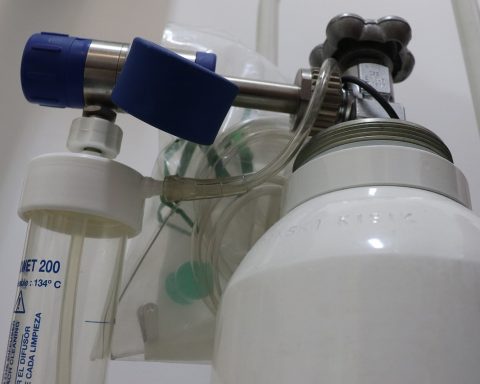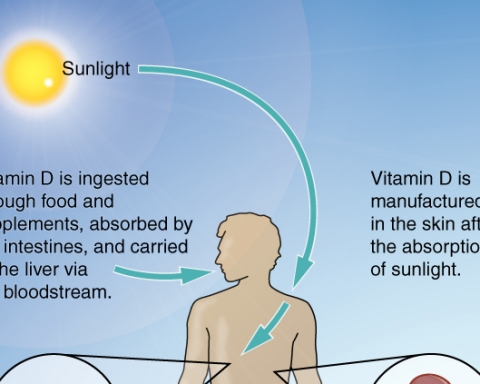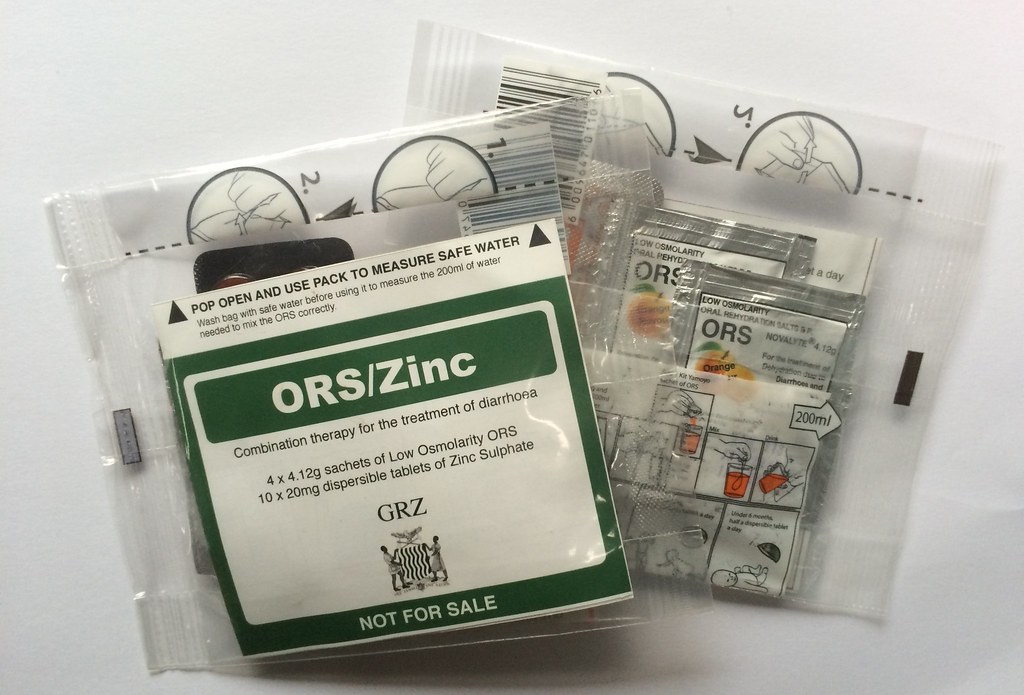A significant increase in the number of children suffering from rickets seems to be the result of a lack of vitamin D in mothers’ diets, which leads to a low concentration of vitamin D in breast milk. Another cause of vitamin D deficiency is limited sun exposure for the mother and child. The condition is especially apparent in breastfed children from the African-American community.
Due to the lack of vitamin D in breast milk, health organizations now recommend oral vitamin D supplementation for all breastfed babies to lower the current risk of vitamin D deficiency. However, concerns have been raised about this suggestion. During the past five years, reports have shown that prolonged supplementation for up to five months is safe for adult men and non-lactating women, but only three prospective studies have been conducted to assess the administration of vitamin D in lactating women.
Some American pediatricians performed a study entitled “High-Dose Vitamin D3 Supplementation in a Cohort of Breastfeeding Mothers and Their Infants: A 6-Month Follow-Up Pilot Study” in order to find out whether the administration of high doses of vitamin D3 could improve vitamin D levels in lactating women as well as breastfeeding babies and if this form of supplementation would be superior to maternal supplementation with the current standard.
And What Did They Do to Prove That?
Fully lactating mothers who were one month into their postpartum period were eligible for inclusion in the study if they planned to continue breastfeeding for the next six months.
The subjects were randomly divided into two groups: Group 1 received 400 IU of vitamin D3 per day. Group 2 received 6,400 IU of vitamin D3 per day. The mothers also were provided with a liquid supplement to give to their nursing infants. Mothers in Group 1 were instructed to give their infant 0.5 mL (300 IU of vitamin D3) per day. The mothers in Group 2 also were instructed to give their infants 0.5 mL per day, but the infants in this group actually received a placebo.
Each nursing mother and her infant went to the research center monthly, starting one month into the mother’s postpartum period, for a total of seven study visits. During these visits, the mothers completed questionnaires to determine their sociodemographic information, initial health status, and medical history (including physical activity, exposure to sunlight, and the type of clothing they used). They also provided a record of their breastfeeding history.
Maternal weight was obtained at each visit. Maternal height was measured at the first visit. Infant weight, length, and head circumference were obtained at each monthly visit. Maternal blood, urine, and milk samples were collected at each visit.
Infant urine was also collected monthly; however, to minimize venepuncture, infant blood samples were obtained at baseline and then at months 4 and 7. Total calcium, phosphorus, and vitamin D3 were measured in both maternal and infant blood samples. Mother’s milk was assessed for vitamin D anti-rickets activity by measuring vitamin D3 concentrations.
Any Important Findings?
High doses of vitamin D3 safely and significantly increased maternal vitamin D. Average anti-rickets activity in the milk of the mothers in Group 1 (those receiving 400 IU of vitamin D3 per day) decreased on the fourth visit and varied little during the study period, whereas the average activity in Group 2 (those receiving 6,400 IU of vitamin D3 per day) increased dramatically.
There were no differences in vitamin D levels among the infants supplemented with oral vitamin D versus infants whose only source of vitamin D was breast milk.
With limited sun exposure, an intake of 400 IU of vitamin D3 per day did not sustain maternal vitamin D levels; therefore, the breastfed babies only received really low amounts of vitamin D.
Infants’ vitamin D levels achieved exclusively through maternal supplementation were equivalent to levels in infants who received oral vitamin D supplementation.
Thus, a maternal intake of 6,400 IU of vitamin D3 per day elevated circulating vitamin D in both the mother and the nursing infant.
We may conclude that vitamin D supplements are important for the mother and the child. However, supplementation must be authorized by a pediatrician. Of course, the success of this strategy will depend on the use of breastfeeding, which should be encouraged and protected.
References
Wagner, Carol L., Thomas C. Hulsey, Deanna Fanning, Myla Ebeling, and Bruce W. Hollis. “High-Dose Vitamin D3 Supplementation in a Cohort of Breastfeeding Mothers and Their Infants: A 6-Month Follow-Up Pilot Study.” Breastfeeding Medicine 1, no. 2 (2006): 59–70. Retrieved from https://www.liebertpub.com













